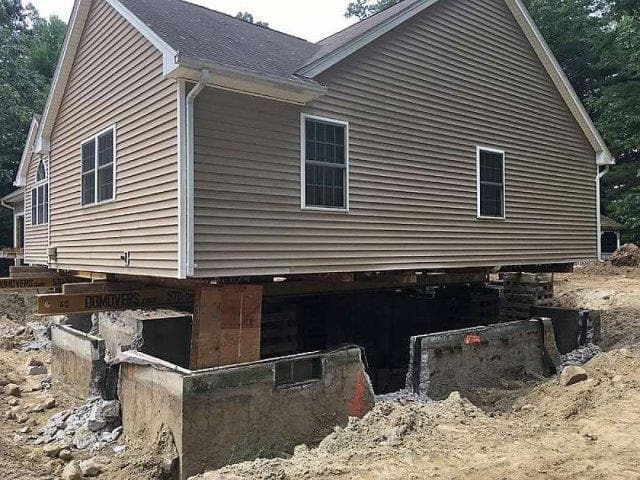The Definitive Guide for Best Basement Waterproofing
Table of ContentsThe Only Guide for Best Basement WaterproofingGet This Report about Best Basement WaterproofingGetting My Best Basement Waterproofing To WorkExamine This Report about Best Basement Waterproofing
What causes water damage problems in your cellar? Pipes that line the within of your wall surfaces are just one instance of where water damage can occur.The dirt and ground of your home is extremely vital. If there is way too much water surrounding your home, nevertheless, it can press the soil right into your home and create the seals of your basement to end up being jeopardized. when you see excess water in places where it ought to not be, that is a great indicator that you have a problem.
You apply the finish with a heavy brush made with bristles swirled throughout application for an attractive, completed appearance. Concrete water-proof layers can not be applied to formerly repainted surface areas Silicate-based concrete sealers, also understood as densifiers, are additionally appropriate only for wall surfaces that have not been repainted or secured.
Best Basement Waterproofing for Beginners
Plastic sheets and panels could be combined with interior cellar drainage systems. They don't stop water from getting via the wall surface, but they do stop it from ruining things in the basement.
A sump pump is required to move water out of your basement. Here are a couple of points the experts can install to assist the waterproofing process: this is developed for the walls of your basement.
Basement waterproofing is a great means to obtain ahead of prospective water damage that may come your means.
The Best Guide To Best Basement Waterproofing
When it comes to protecting your home, among the most essential actions you can take is cellar waterproofing. A completely dry basement not just makes sure a secure and healthy setting for you and your family, but it also aids to stop costly water damages and mold development. In this post, we will certainly review the relevance of basement waterproofing, the advantages it offers, and exactly how you can go about securing your room.

When it comes to basement waterproofing, there are numerous methods that Check Out Your URL can be utilized to maintain water out of your space. These include indoor sealants, exterior waterproofing membranes, and drain systems. The most effective technique for your cellar will depend upon variables such as the level of water invasion, the problem of your foundation, and your budget.
In verdict, cellar waterproofing is a critical step in securing your home from water damage, mold growth, and various other concerns. By investing in basement waterproofing, you can guarantee that your area continues to be completely dry, risk-free, and healthy and balanced for click here for more info you and your family members. Not just does cellar waterproofing give assurance and defense for your home, yet it can also enhance its worth and conserve you money on power costs over time.
Best Basement Waterproofing - An Overview
Inside sealers are a type of basement waterproofing method that entails using a sealant to read this post here the within of the cellar walls and floorings. Water can seep right into a cellar with cracks, voids, or porous concrete, particularly in locations where there is high groundwater or bad drain. This can result in water damage and mold growth, as well as damages to the structure and architectural stability of the building.
It is an effective remedy for avoiding water damage and maintaining the structural honesty of the building. It can be costly and turbulent to mount, as it needs excavation around the foundation and may entail landscaping and other repair work once the waterproofing is full. This method is the most reliable and lasting option for preventing water infiltration in the cellar.
Structure crack injections are a technique of repairing splits in the foundation walls from the inside, without digging deep into the dirt around the structure. The procedure involves injecting a liquid polyurethane or epoxy into the splits, which then solidifies and creates a water-proof obstacle that prevents water from seeping through. This method is generally utilized for smaller fractures that do not pose a structural risk, and can be completed promptly and with marginal disturbance to the structure's owners.